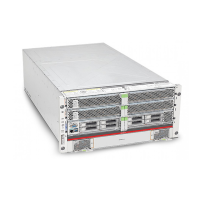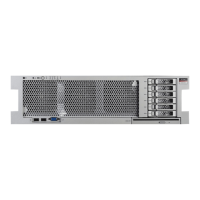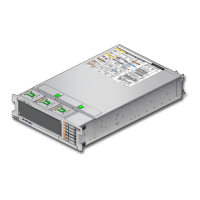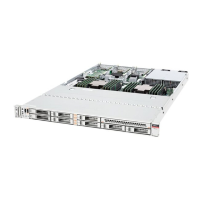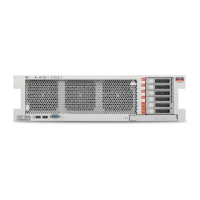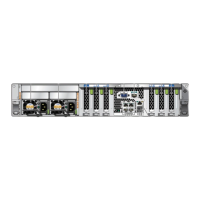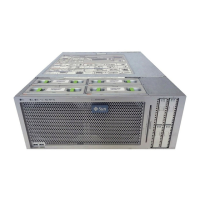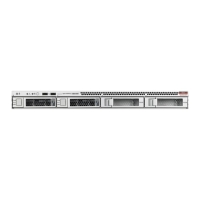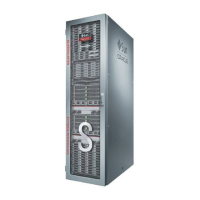This product supports the use of hardware RAID and host-based software RAID. For
host-based software RAID, this product supports RAID levels 0+1 and 1+0.
Note – You must use hardware RAID for Oracle RAC data stored on the storage array. Do not
place RAC data under volume management control. You must place all non-RAC data that is
stored on the storage arrays under volume management control. Use either hardware RAID,
host-based software RAID, or both types of RAID to manage your non-RAC data.
Hardware RAID uses the storage array's or storage system's hardware redundancy to ensure
that independent hardware failures do not impact data availability. If you mirror across
separate storage arrays, host-based software RAID ensures that independent hardware failures
do not impact data availability when an entire storage array is oine. Although you can use
hardware RAID and host-based software RAID concurrently, you need only one RAID solution
to maintain a high degree of data availability.
Note – When you use host-based software RAID with hardware RAID, the hardware RAID
levels you use aect hardware maintenance. If you use hardware RAID level 1, 3, or 5, you can
perform most maintenance procedures without volume management disruptions. If you use
hardware RAID level 0, some maintenance procedures require additional volume management
administration because the availability of the LUNs is impacted.
This procedure provides the long forms of the Oracle Solaris Cluster commands. Most
commands also have short forms. Except for the forms of the command names, the commands
are identical.
To perform this procedure, become superuser or assume a role that provides
solaris.cluster.read and solaris.cluster.modify RBAC authorization.
With all nodes booted and attached to the storage array or storage system, create the LUN on
one node.
After the LUN formatting completes, a logical name for the new LUN appears in /dev/rdsk on
all nodes. These nodes are attached to the storage array or storage system.
If the following SCSI warning is displayed, ignore the message. Continue with the next step.
...
corrupt label - wrong magic number
For the procedure about how to create a LUN, refer to your storage device's documentation. Use
the format(1M) command to verify Solaris logical device names.
Copy the /etc/raid/rdac_address le from the node on which you created the LUN to the
other node. If you copy this le to the other node, you ensure consistency across both nodes.
BeforeYou Begin
1
2
Conguring Storage Arrays
Chapter 1 • Installing and Maintaining a SCSI RAID Storage Device 23
